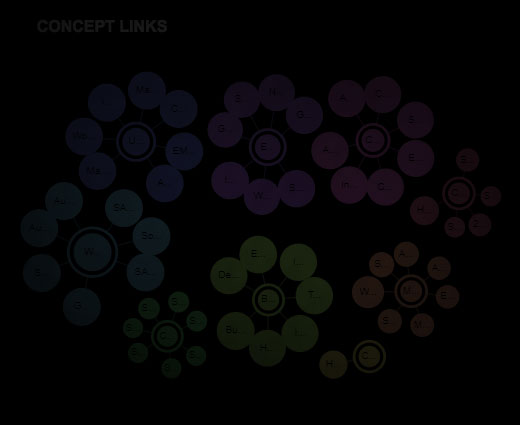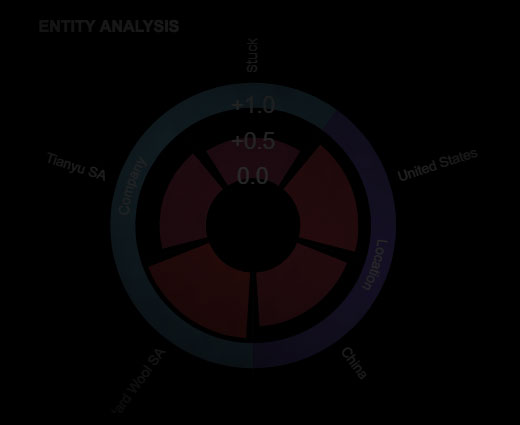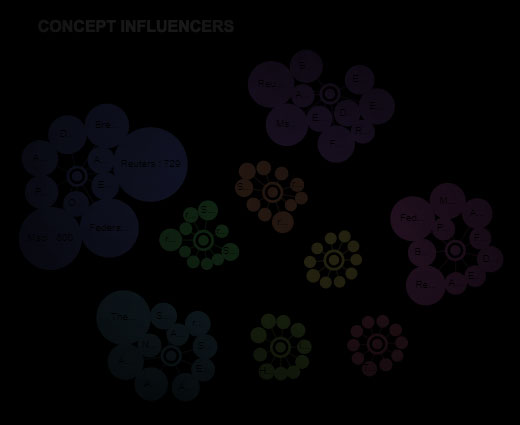Artificial intelligence (AI) was a phrase first coined back in 1956 by John McCarthy, but not until the last five years has the technology began to live up to its disruptive credentials and become a part of everyday life for people living in more developed economies.
Following a recent flourish in the creation of AI solutions, manufacturers are gradually taking the technology more seriously as they look to increase productivity and keep pace with competitors. There are four exponentials linked with AI’s expansion: Moore’s Law, the observation that every two years there is a doubling in the number of transistors in a dense integrated circuit; the doubling of data every two years courtesy of hungry machine-learning algorithms; advancements to algorithms; and critically, a substantial increase in the amount of funding.
Capital
An increase in subsidy stems from the fact that nations are currently embarking on an AI race as they look to gain an advantage across numerous sectors. After all, AI can revolutionise a multitude of constitutional divisions such as health care, defence, transport, education and business. Currently, the biggest investor in AI is China with a reported US$429bn dedicated to the course.
According to Fast Future’s foresight director, Alexandra Whittington: “The investment is part of China’s goal to achieve global dominance in the sector by 2030. So far, China has already been able to implement a personal scoring system based on digital data points. They’ve invested in a system that uses biometrics and AI to determine things like which trains people can ride. Eventually, it could determine where you live or work.”
Fast Future’s COO, Steve Wells, adds: “Clearly the tax revenue generated by AI will be a welcome source of income to support a government’s public service programmes. But, in addition, a buoyant research and development sector will also encourage additional inward investment, create a positive environment for talent to want to come to the country, and be a draw for developers of related technologies.”
The UK is also looking to gain from AI investment. At this year’s World Economic Forum, which took place in Davos back in January, UK Prime Minister Theresa May shared her government’s vision for an increasingly AI-enabled future.
According to Fast Future CEO Rohit Talwar: “A future that will be characterised by more research, more AI deployment, more automation and more jobs in the digital economy. This vision will be underpinned by the UK creating an innovation-friendly business environment supported with R&D investment, a technical education system, national retraining scheme, an Institute of Coding, and crucially, continued global economic growth.”
In WTiN’s recent Digital Transformation Survey, due to be published in November, it was found that 90% of the textile manufacturers which took part stated that they require AI. Talwar explains why such a percentage of businesses want to utilise the technology: “What sets AI aside from all other innovations in history is its ability to learn and evolve autonomously. So, while previous machines and software have followed instructions, AI can make its own decisions, execute a growing range of tasks, and increasingly update its own knowledge base and code.”
Many people living in developed economies frequently come into contact with AI. Many video games have adopted the technology and people are slowly becoming more dependent on virtual assistants like Amazon’s Alexa.
Exploiting AI
Therefore, the key factor for manufacturers is how they can utilise the technology behind virtual assistants and generate more revenue as a result. But to do that, they need to first understand the science behind the technology and that there are also different approaches that can be taken. Talwar explains: “Firstly, rule-based systems apply massive sets of If-Then rules to do things like mortgage processing. The next type of AI uses statistics in a process known as machine learning, which determines what the most statistically likely response is in a range of situations. These are commonly used in applications such as chatbots. Finally, there are systems which try to mimic the functioning of the neural networks that process information in the human brain. Such tools are often used in applications such as facial recognition.”
Machine learning is the approach which is most beneficial to manufacturers. Despite initial high investment the return is quickly recouped, according to many analysts, because the machines remember everything that has gone before. Consequently, they can predict a fault before it happens enabling businesses to significantly reduce machine downtime, increase productivity and improve overall efficiency. In the long run it allows companies operating in the textile and apparel industry to expand their manufacturing capacity and meet increasing customer demand courtesy of developing trends like fast fashion and customisation.
“There are applications where AI can simply process huge volumes on a scale which humans cannot replicate,” says Talwar. “For example, in legal cases, AI can review literally millions of documents to find relevant information – taking just a few days compared to the two or three years it would take humans to do it.” This, if applied to the textile industry, could have devastating consequences for companies who fail to implement the technology: only 41% of the businesses who acknowledged that they require AI in WTiN’s Digital Transformation Survey said they would invest in it in the medium-term.
Drawbacks
Common reasons for the sceptical approach adopted by decision makers include high investment costs - despite analysts signalling significant ROI. Another important factor to consider on this is cyber-security. The number of data breaches being reported across various news outlets is on the rise and the fear of delicate information falling into the wrong hands is too much for many businesses.
Understandably, many business leaders believe the more IIoT platforms they implement, such as Software as a Service (SaaS) and cloud-computing, the more likely it is that their data will be breached. Another deterrent is the fact that AI solutions are often installed as an alternative to human workers - machines can work non-stop around the clock, if they are programmed to do so, and they do not require wages, meaning there are obvious monetary savings to be had. However, some people don’t trust in the reliability of computer-aided machines, and crucially, some decision makers remain sceptical over the quality and longevity of a product manufactured using AI. To add to this, there are a number of business leaders averting the implementation of AI solutions because they want to avoid making redundancies.
Nevertheless, Talwar believes that AI will penetrate every aspect of the textile industry in the years ahead. He says: “Real-time predictive analytics will provide constantly updated insights on market demand and shifting fashion trends. Smart cutting tools will plan how best to cut garment shapes from material lengths and reduce waste. Robots will replace human machinists and warehouse workers. We could see AI venturing into garment design in the very near future.”
Many people still portray AI as some futuristic technology. However, Steve Wells argues that to prevent playing catch up further down the line, textile manufacturers should act now and in doing so he believes it could cement a business’ future success. Wells outlines: “Between 2021 and 2025 we could witness: AI deployed across all aspects of government including courts and public services; 70-90% of customer interactions managed by AI; product development increasingly undertaken by AI; and autonomous vehicles everywhere – land, air and sea.”
He adds: “In the following decade, perhaps we will see: fully autonomous decentralised autonomous organisations (DAO) as the norm, not the exception; AI penetrating all business sectors and organisational functions; artificial animal and ecosystem intelligence; self-aware and self-replicating software systems and robots; artificial general intelligence with AI capable of multiple functions and broadly matching human intelligence; and possibly even artificial superintelligence where machines exhibit intelligence that far exceeds that of the brightest and most gifted human minds.”
AI can be a daunting prospect for some of the most technologically-minded professionals, so to companies operating within the traditional textile industry, it is easy to understand why AI is being dismissed as something irrelevant to their present-day needs. Nevertheless, it is always best to implementing technology on one’s own terms, rather than adopting something out of a necessity to stay afloat further down the line – a warning uttered frequently by many analysts. And, when looking at disruptive technology from yesteryear, it is hard to image a world without the internet –future generations could well be saying the same thing about AI.
Have your say. Join the conversation and follow us on LinkedIn
RELATED ARTICLES
-
Partners scale thermal chemical recycling
- LOOM Carbon
- WTiN
-
Collaboration recycles mixed-fibre garments
- RadiciGroup
- WTiN
-
News Release
Source Fashion announces programme for new stage
-
News Release
Businesses call on EU to introduce new clause








